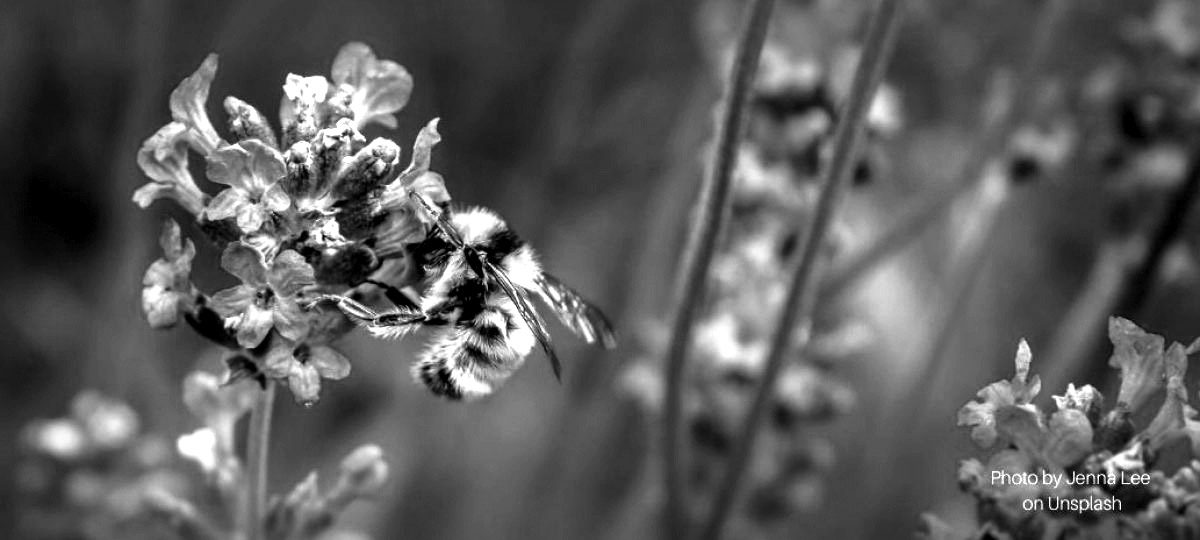Towards a Paris Agreement for nature
2022 is an important year for worldwide biodiversity. The Biodiversity Summit (CBD CoP15) will take place in Montreal, Canada. At this summit, world leaders will negotiate a new global biodiversity framework and action agenda to ensure the planet’s viability. The objective is to set ambitious 2030 targets to conserve and restore biodiversity, following the example of the Paris Agreement for climate.
Facts
- The Intergovernmental Platform for Biodiversity and Ecosystem Services (IPBES) warns that one million plant and animal species now face the threat of extinction
- The Convention on Biological Diversity is the most important international treaty on biodiversity and nature
- Of the 20 biodiversity targets for 2020, progress has been made on just four
- Progress has been made on the target to protect at least 17% of terrestrial and inland water
- The Intergovernmental Platform for Biodiversity and Ecosystem Services (IPBES) warns that one million plant and animal species now face the threat of extinction
- The Convention on Biological Diversity is the most important international treaty on biodiversity and nature
- Of the 20 biodiversity targets for 2020, progress has been made on just four
- Progress has been made on the target to protect at least 17% of terrestrial and inland water
Dutch Action Agenda for Biodiversity
The Netherlands is also participating in the international Biodiversity Summit. IUCN NL, together with the Deltaplan Biodiversiteitsherstel and MVO Nederland, and with support from the Dutch government, has made a Dutch action agenda for biodiversity, contributing to the 2030 targets of the Convention on Biological Diversity (CBD). The action agenda compiles pledges of over 150 non-state actors.
In September 2021, we shared the Action Agenda with Carola Schouten, Minister of Agriculture, Nature and Food Quality:
Dr. Cristiana Pasca Palmer, Executive Secretary, UN Convention on Biological Diversity‘We humans possess the ability to articulate a vision of where we want to go, and to reach for it collectively. As the most powerful agents in our ecosystems, we also possess the ability to restore its balance —if we put our minds to it.’
More information


Read more
Reports & recommendations
Position papers IUCN
Websites
Frequently asked questions about the Convention on Biological Diversity
-
What is the Convention on Biological Diversity?
The Convention on Biological Diversity (CBD) is one of the three conventions established at the UN Conference on Environment and Development in Rio de Janeiro in 1992. In addition to the Framework Convention on Climate Change, a treaty to conserve biodiversity was also signed. In 2011, twenty specific targets were defined for the treaty, the Aichi targets. These strategic targets came to an end in 2020, which means that new targets must be defined. In December 2022, new targets were set for biodiversity restoration at the Biodiversity Conference in Montréal, Canada (CoP15).
Together, the new targets form the Global Biodiversity Framework. The new Global Biodiversity Framework adopted decisions with the ambition to end biodiversity loss globally by 2030 and restore biodiversity by 2050.
-
Why is the Convention on Biological Diversity important?
The Convention on Biological Diversity is the ultimate international policy mechanism for addressing biodiversity loss. Global cooperation is crucial for tackling the loss of biodiversity, due to the numerous and transnational causes of the problem. The Biodiversity Summit represents the most important event at which this can be achieved.
-
How is the Convention on Biological Diversity process organised?
The Parties to the Convention on Biological Diversity convene every two years to hold a Conference of Parties (CoP). During the conference more specific agreements are made on components of the Convention on Biological Diversity, and are elaborated. Targets are also established for protecting biodiversity over a longer period (10 years). Countries regularly report on their progress in achieving the targets. The summit in Montreal is the fifteenth edition of this conference (CoP15).
The conference saw the adoption of the Global Biodiversity Framework with 2030 targets after two weeks of intensive negotiations.
-
What role does the Netherlands play in the Convention on Biological Diversity?
The Netherlands is one of the countries that signed the treaty in 1992 and will also attend the Biodiversity Summit. As a member of the European Union, the Netherlands is committed to the EU Biodiversity Strategy to 2030. This played a major role in the Netherlands’ position-taking on the Biodiversity Convention.
It is especially urgent for the Netherlands to translate the international agreements laid down in the Global Biodiversity Framework into national plans as soon as possible, given the state of nature. The Dutch government is already taking important steps in this regard by addressing the nitrogen crisis and investing in the size and quality of our natural areas.
-
What role does IUCN NL play in the Convention on Biological Diversity?
IUCN NL provides advice and support to companies and governments on international biodiversity policy, such as the Convention on Biological Diversity (CBD). For example, IUCN NL was commissioned by the Ministry of Agriculture, Nature and Food Quality (LNV) to produce the Dutch Action Agenda for Biodiversity ahead of CoP15. The Action Agenda consists of more than 150 biodiversity initiatives taken by different groups in society and contributed to the positioning of the national government.
Furthermore, IUCN NL is developing the National Dashboard Biodiversity, in which we compile knowledge to steer Dutch biodiversity targets and monitor progress towards them.
IUCN NL also works on the implementation of the CBD, for example by conducting projects, providing knowledge products, and offering a neutral platform for Dutch nature organisations.
IUCN NL aligns itself with IUCN’s position on the Global Biodiversity Framework.
-
What can I do to contribute to the Convention on Biological Diversity?
One of the lessons of the past 10 years is that achieving biodiversity targets requires commitment from the whole of society, with companies also playing a large role. In the new Global Biodiversity Framework, for instance, the financial sector is given a bigger role than before. Contact IUCN NL to discuss how your organisation can contribute.
-
What is included in the Global Biodiversity Framework?
Some key goals with concrete targets and deadlines are:
- At least 30 % of land, freshwater and coastal and marine areas effectively protected by 2030
- Decrease in introduction of invasive species by at least 50 % by 2030
- At least 50 % reduction of pollution to levels not harmful to biodiversity by 2030, including excess nutrients and risks from pesticides
- Abolish, phase out and redirect by 2030 at least US$500 billion per year of subsidies and other incentive schemes harmful to biodiversity
- Mobilise at least US$200 billion per year for national biodiversity strategies by 2030, of which at least US$30 billion for developing countries.
An important addition compared to previous global agreements is the recognition of the contribution and rights of indigenous peoples and local communities as custodians of key areas for global biodiversity. Including the agreement that they should be involved in decision-making on their territories.
-
Who signed the Global Biodiversity Framework?
The Convention on Biological Diversity has been signed by 195 countries. This makes it one of the most widely supported international environmental treaties. In addition, the European Union, and thus the Netherlands, has signed the treaty.
With their signature, countries commit to preserve biodiversity, use biodiversity sustainably and share the costs and benefits of biodiversity fairly between countries.


